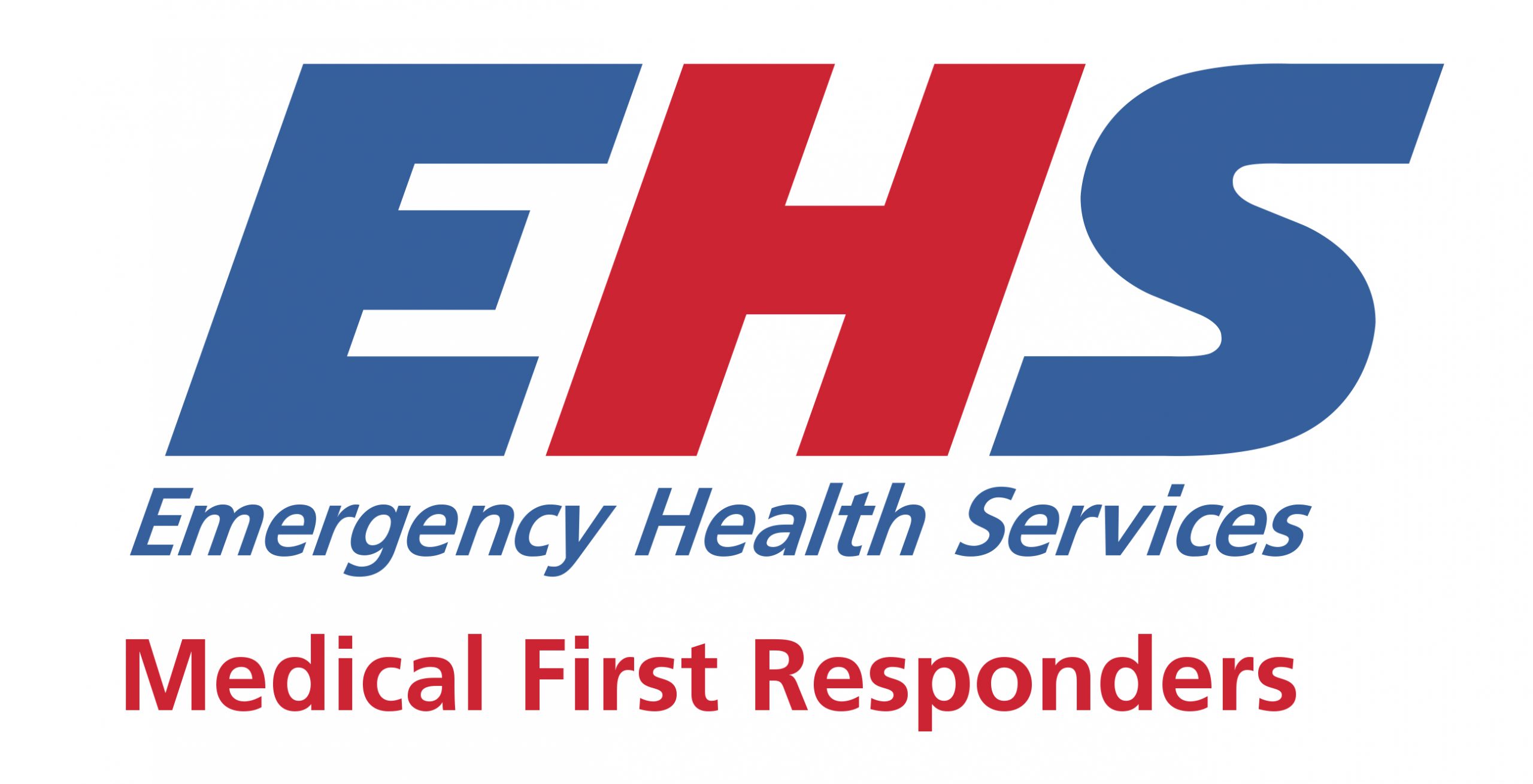- EHS MFR Community Hub
Mandatory Essential Competencies
The Medical First Responder course offered by St. John Ambulance and Canadian Red Cross covers many competencies for the MFR. The six EHS MFR Mandatory Essential Competencies which follow, differ slightly from those taught; it is therefore important that Medical First Responders acting under EHS sponsorship review and adhere to the following:
Policy # 12014.00
1.0 PROFESSIONAL RESPONSIBILITIES
1.1.a Maintain professional responsibilities at all times
1.1.b Maintain appropriate personal interaction with patients
1.1.c Maintain patient confidentiality
1.1.d Comply with scope of practice
1.1.f Function within relevant legislation, policies and procedures
1.1.g Work collaboratively with other emergency response agencies
1.1.h Maintain knowledge of the Nova Scotia Emergency Health Service structure and policies relating to MFR
2.0 COMMUNICATION
2.1 Practice Effective Oral Communication Skills
2.1.a Deliver an organized, accurate and relevant patient history.
2.1.b Provide information to patient about their situation and how they will be treated
2.1.c Interact effectively with the patient, relatives and bystanders who are in stressful situations
2.1.d Speak in language appropriate to the listener
2.2 Practice Effective Documentation Skills
2.2.a Record organized, accurate and relevant patient information
2.3 Practice Effective Interpersonal Relations
2.3.a Treat others with respect
2.3.b Exhibit empathy and compassion while providing care
2.3.c Exhibit diplomacy, tact and discretion
3.0 HEALTH AND SAFETY
3.1 Practice Safe Lifting and Moving Techniques
3.1.a Transfer patient from various positions using applicable equipment and / or techniques
3.1.b Transfer patient using emergency evacuation techniques
3.1.c Secure patient safely to applicable equipment
3.1.d Conduct basic extrication, if appropriate and safe
3.2 Create and Maintain a Safe Work Environment
3.2.a Address potential occupational hazards
3.2.b Assess scene for safety
3.2.c Conduct procedures and operations consistent with Workplace Hazardous Materials Information
System (WHMIS) and hazardous materials management requirements
3.2.d Practice infection control techniques
4.0 ASSESSMENT AND DIAGNOSTICS
4.1 Conduct Triage
4.1.a Rapidly assess a scene based on the principles of a triage system
4.2 Obtain Patient History
4.2.a Obtain chief complaint and / or incident history from patient, family members and / or bystanders
4.2.b Obtain information regarding incident through accurate and complete scene assessment
4.2.c Obtain information regarding patient’s past medical history
4.2.d Obtain list of patient’s allergies
4.2.e Obtain list of patient’s medications
4.3 Conduct Physical Assessment Demonstrating Appropriate Use of Inspection, Palpation & Auscultation, with respect to ABCs
4.3.a Conduct primary patient assessment with respect to ABCs
4.3.b Conduct secondary patient assessment with respect to ABCs
4.3.c Conduct ongoing assessments based on patient presentation with respect to ABCs
4.4 Assess Vital Signs
4.4.a Assess pulse
4.4.b Assess respiration
4.4.c Measure blood pressure (BP) by auscultation
4.4.d Measure BP by palpation
4.4.e Assess skin condition
4.4.f Assess pupils
4.4.g Assess Level of Consciousness
5.0 THERAPEUTICS
5.1 Maintain Patency of Upper Airway and Trachea
5.1.a Use manual manoeuvres and positioning to maintain airway patency
5.1.b Suction oropharynx
5.1.c Utilize oropharyngeal airway
5.1.d Utilize nasopharyngeal airway
5.1.e Remove airway foreign bodies (AFB)
5.2 Prepare Oxygen Delivery Devices
5.2.a Recognize indications for oxygen administration
5.2.b Take appropriate safety precautions
5.2.c Recognize different types of oxygen delivery systems
5.2.d Utilize portable oxygen delivery systems
5.3 Deliver Oxygen and Administer Manual Ventilation
5.3.a Administer oxygen using high concentration mask
5.3.b Administer oxygen using pocket mask
5.4 Prepare Mechanical Ventilation Equipment
5.4.a Provide oxygenation and ventilation using bag-valve-mask
5.5 Implement Measures to Maintain Hemodynamic Stability
5.5.a Conduct cardiopulmonary resuscitation (CPR)
5.5.b Control external hemorrhage through the use of direct pressure and patient positioning
5.5.c Conduct automated external defibrillation
5.6 Provide Basic Care for Soft Tissue Injuries
5.6.a Treat soft tissue injuries
5.6.b Treat burn
5.6.c Treat eye injury
5.6.d Treat penetration wound
5.6.e Treat local cold injury
5.7 Immobilize Actual and Suspected Fractur
Blue Items are optional but recommended.
6.0 Transfer Patient to Air Ambulance
6.1.a Create a safe landing zone for rotary-wing aircraft
6.1.b Safely approach a stationary rotary-wing aircraft
6.1.c Safely approach a stationary fixed-wing aircraft
